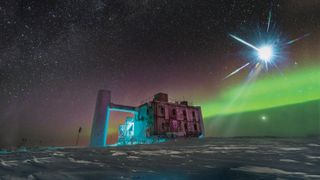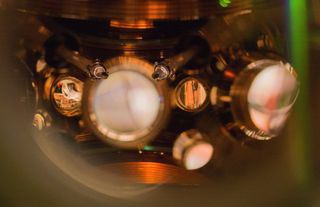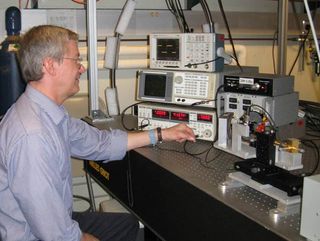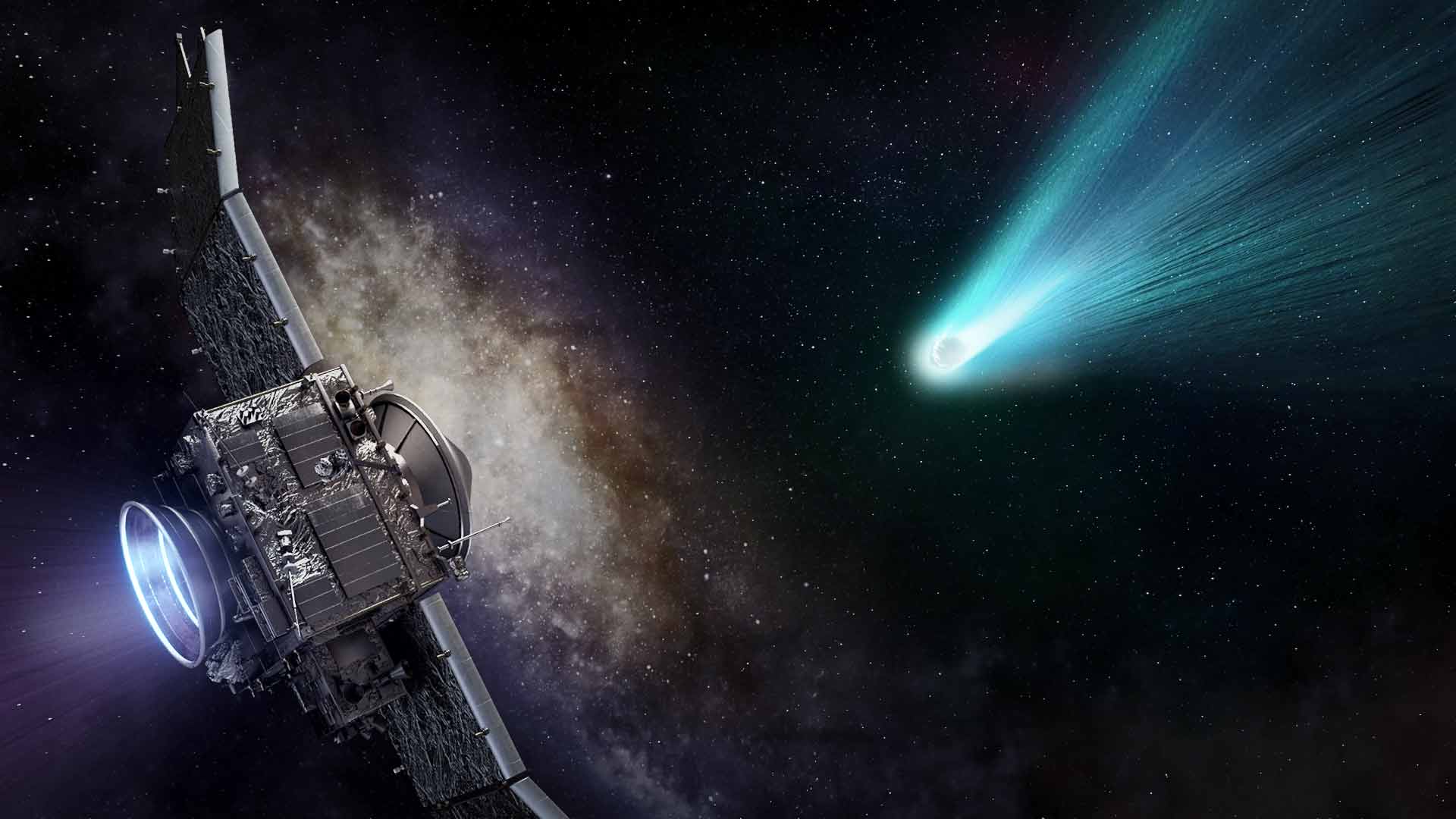Particle physics news, features and articles
Latest about Particle Physics

Neutrino map of the galaxy is 1st view of the Milky Way in 'anything other than light'
By Ben Turner published
Scientists at the IceCube Neutrino Observatory have used 60,000 neutrinos to create the first map of the Milky Way made with matter and not light.

Scientists tried to solve the mystery of the helium nucleus — and ended up more confused than ever
By Anna Demming published
Helium is the simplest element in the periodic table with more than one particle in its nucleus, yet state of the art theory and experiments on it don't add up.

Exotic new state of matter discovered by squishing subatomic particles into an ultradense crystal
By Kiley Price published
By shining a strong beam of light through two chemical compounds, scientists discovered a unique new state of matter made of particles called excitons.

Gravity can transform into light, mind-bending physics paper suggests
By Paul Sutter published
In the early universe, gravity may have been capable of creating light, a new theoretical paper finds.

Scientists create 'slits in time' in mind-bending physics experiment
By Anna Demming published
Researchers replicated the classic double slit experiment using lasers, but their slits are in time not space.

'Ghostly' neutrinos spotted inside the world's largest particle accelerator for the first time
By Ben Turner published
Signatures of neutrinos, or ghostly particles that rarely interact with others, were tentatively spotted in the Large Hadron Collider in 2021. Now, physicists have confirmed they are real.

Atomic Clock Is So Precise It Won't Lose a Second for 15 Billion Years
By Tia Ghose last updated
The most precise clock ever made could hold time accurately for the entire age of the universe.

Plasma Waves Studied for New Electronics
By William Stillman last updated
Bill Stillman leaves a long career as an engineer to go back to school and learn a new field.
Get the world’s most fascinating discoveries delivered straight to your inbox.




